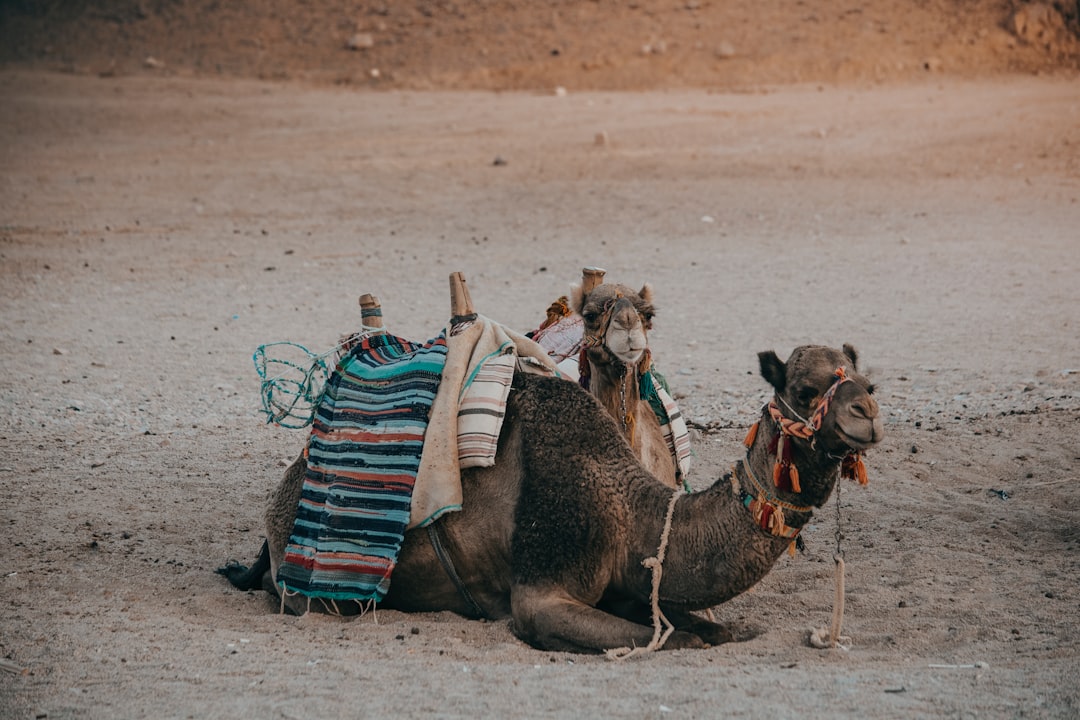Lesson 1: The Power of Slow Travel for Productivity & Profit
Our initial strategy was simple: see as much as possible. We believed we could travel extensively by day and build our online business by night. This illusion shattered quickly. After a long day motorbiking across a landscape or visiting 17 temples in three days, the last thing we had the energy for was writing compelling content. We were experiencing the classic 'travel burnout,' and our business was paying the price.
The turning point came three months in. After a two-day slow boat trip in Laos, we arrived in Luang Prabang and, instead of planning our next move, decided to stay for a week. That one decision changed everything. For the first time, we had the time and mental space to catch up on work and lay the foundational bricks of our blog. We realized that to succeed as digital nomads, we had to become 'slowmads'.
We applied this lesson rigorously from then on:
We settled in Hoi An, Vietnam, for 1.5 months, creating a productive routine.
We spent the final two months of our trip living and working from a base in Bangkok.
Our next major plan involves stopping in Malta for several months, specifically to focus on business development.
Slow travel isn't just about avoiding exhaustion; it's a business strategy. It allows you to understand a location deeply, establish a routine, and dedicate focused hours to your work. For any serious digital nomad, it’s the only way to transform a trip into a sustainable lifestyle.
Pro-Tip for Digital Nomads: Your accommodation is your office. Prioritize speedy Wi-Fi above all else. Also, ensure you have easy access to food. Traveling half an hour for a meal when you're in a deep work-flow is a frustrating and unnecessary drain on your productivity.
Lesson 2: Complacency Kills: A Border Crossing Nightmare & Visa Realities
As a perpetual traveler, your passport and visa status are your most critical assets. Becoming complacent is a risk you cannot afford. We learned this the hard way at the Krong Poipet/Aranyaprathet border between Cambodia and Thailand.
Excited for our two-month stay in Bangkok, we approached the Thai immigration counter. As a British citizen, Charlie was stamped in without an issue. But Kristina, a Lithuanian (EU) citizen, was immediately denied entry. We were stunned. Our fatal error? We assumed the rules were the same for both of us and hadn't checked the specific regulations for her nationality.
The immigration officer calmly explained the problem: Lithuanian nationals crossing overland required proof of an onward flight out of Thailand and had to pay a $30 fee for a 15-day visa on arrival. We were stuck in the no-man's land between two countries, frantically trying to book a flight on patchy phone signal and find a non-existent printer.
After five exhausting and disheartening hours, we finally managed to present the required documents and gain entry. The lesson was burned into our minds: always, always double-check the entry requirements for your specific nationality, every single time. Visa rules are fluid and can change without notice. Blaming an immigration officer or a government website is not a strategy; taking personal responsibility for your legal status is.
Pro-Tip for this Border: If crossing from Cambodia to Thailand, try to go in the afternoon when queues are often shorter. If you are pulled aside, the most important thing is to remain calm, respectful, and think clearly. Panic solves nothing.
Lesson 3: Strategic Flexibility: When to Abandon Plans for a Better Outcome
No matter how meticulously you plan, things will go wrong. Your ability to adapt strategically is what separates a struggling traveler from a thriving one.
We found ourselves in Vientiane, Laos, during a crushing heatwave with temperatures soaring past 40°C (104°F). Our plan was to head further south to the famous 4 Thousand Islands, but the oppressive heat made even short walks unbearable. We were spending our days hiding indoors, wasting time and money, and not enjoying a moment of it. Continuing south would only make things worse.
This is where we had to make a rational, business-like decision. Were we here to tick boxes on a list or to build a life we enjoyed? We accepted that the current plan wasn't working. We cut our losses, abandoned our Laos itinerary, and booked a flight to Hanoi, Vietnam, where the forecast was cool and rainy.
It was one of the best decisions of our trip. We immediately felt revitalized and productive again. This taught us that it’s okay to let go of a plan that isn't serving you. You can always come back to a place later under better circumstances. Forcing yourself through a miserable situation out of stubbornness only leads to resentment and burnout.
Don't be afraid to pivot. True freedom isn't just about being location independent; it's about having the flexibility to change course to optimize your well-being, happiness, and productivity.































